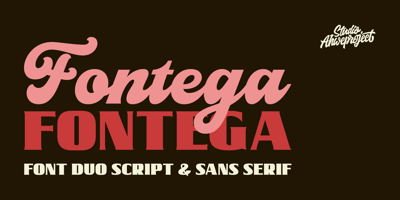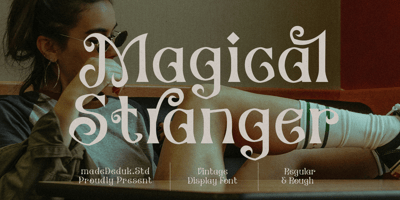Weissenhof Hebrew Variable Font Family was designed by Dhwani Shah and published by Indian Type Foundry. Weissenhof Hebrew Variable contains 1 styles and family package options. Weissenhof Hebrew is a translation of a modernist design ethos to an Hebrew-script typeface for 21st-century communication and Corporate Design tool. ITF also has a Latin-script typeface called Weissenhof Grotesk. This multi-script superfamily was inspired by an ideal rather than a specific typographic genre. Its name pays tribute to the architecture of the Weissenhofsiedlung, or Weissenhof Estate. That ensemble, built in 1927, was the most significant architectural achievement of Weimar Republic Germany. Almost every modern architect of the period was involved, including Peter Behrens, Le Corbusier, Walter Gropius, and Mies van der Rohe. Refreshingly, Weissenhof Hebrew is not a pastiche of Bauhaus-inspired letterforms; its designers do not rely on that kind of stylistic shorthand. Weissenhof Hebrew is available in two formats: install it as a single Variable Font or use the familys four static OpenType font files. Those range in weight from Light through Bold. While the static-format fonts offer a good intermediary-step selection, users who install the Variable Font have vastly greater control over their texts stroke width. The Weissenhof Hebrew Variable Fonts weight axis allows users to differentiate between almost 1,000 possible font weights. That enables you to fine-tune your texts exact appearance on-screen or in print. The corners of Weissenhof Hebrews stroke endings are rounded-off, but this is not a rounded typeface. Its letterforms take inspiration from standard architectural features, such as curves combined with straight segments. Weissenhof Hebrew features monolinear strokes and a good amount of contrast between the stroke thickness of each weight. Letter proportions tend toward equalisation, without Weissenhof Hebrew becoming a monospaced design.





